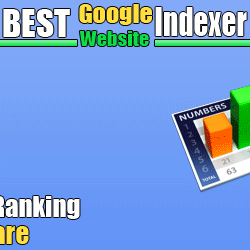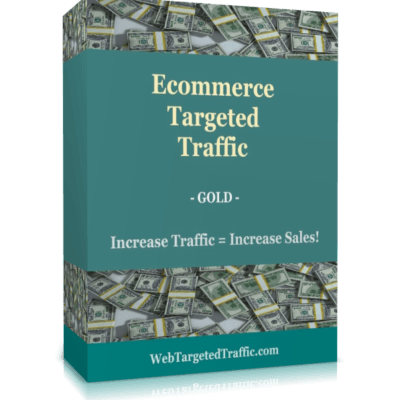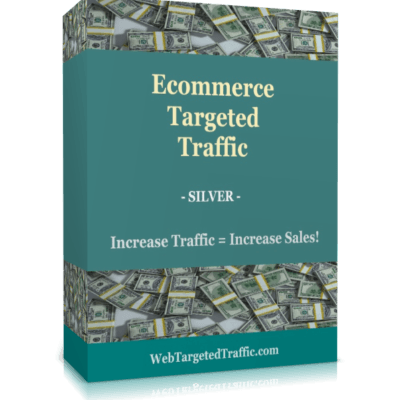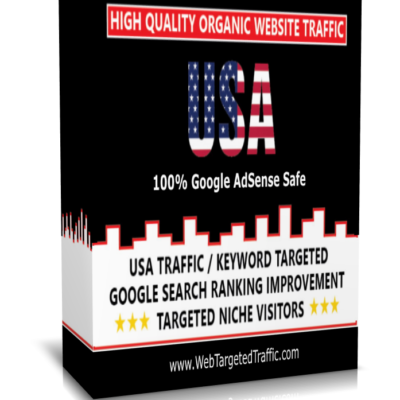The importance of eCommerce SEO for beginners and first-time business owners. You will also find some eCommerce marketing best practices to grow your online business without having to hire an eCommerce SEO agency.
Table of Contents
Build an eCommerce SEO Strategy
From researching target keywords to performing on-page SEO, this section provides a step-by-step guide on how to create a successful eCommerce SEO campaign.
1. Set the Foundation With eCommerce Keyword Research
Whether you’re starting an online business or looking to optimize an existing one, knowing what potential customers are looking for online is the key to successful SEO efforts. It enables you to create content that answers their questions or fulfills their needs.
Types of Keywords
Before getting to the research part, you need to understand the different types of keywords:
- Main keywords. Short and generic keywords that describe your products or services. A main keyword contains one or two words with a high search volume. For example: “shoes” or “digital camera.”
- Secondary keywords. Longer and specific phrases that are less competitive and more geared toward a certain audience. For example: “the best running shoes for beginners” or “Canon EOS digital camera reviews.”
- Informational keywords. Used to look for answers or solutions to a problem. For example: “how to shoot videos using a phone” or “benefits of drinking green tea.”
- Transactional keywords. Terms indicating the user is ready to make a purchase or take a specific action. They often contain words like “buy,” “order,” “discount,” or “coupon.”
- Navigational keywords. Used to look for a specific website or web page. They usually include the name of a company, website, or product, such as “Amazon,” “Facebook login,” or “iPhone support.”
- LSI (Latent Semantic Indexing) keywords. Terms that help search engines understand the full context of a web page. Incorporating them can improve your content’s relevance and boost your eCommerce website ranking. For example: the LSI keywords for “software” can be “mobile app” or “computer programming.”
Keyword Research Using Google Keyword Planner
Use tools like Google Keyword Planner to brainstorm keyword ideas and find the relevant ones for your eCommerce site. Although initially designed to help marketers find the right keywords for paid ads, this free tool serves as a budget-friendly solution for keyword research:
- Go to Google Keyword Planner.
- Create a Google account or log in to your existing one.
- Go to Tools → Keyword Planner → Discover new keywords.
- Under Start with keywords, enter several products or services related to your business. For example, if you’re selling sports shoes, use keywords like “athletic footwear” and “running sneakers.”
- Type in your domain name to filter out irrelevant keywords.
- Click Get results.
Competitor Analysis Using Ahrefs
Good keyword research includes checking terms that drive traffic to your competitors’ sites and incorporating them into your own eCommerce store. However, you need paid tools like Ahrefs or Semrush to conduct a competitor analysis.
Here’s the step-by-step process of finding the right keywords via Ahrefs:
- Go to Ahrefs and sign up or log in to your existing account.
- On the dashboard, head to Site Explorer.
- Enter your competitor’s site address and select Domain from the dropdown menu to analyze the whole site.
- Click the search icon.
- On the left sidebar, navigate to Organic search → Organic keywords. Here, you will find all the keywords that your competitor ranks for in search engines.
Before selecting the keywords for your site, assess their difficulty first. Short-tail keywords like “running shoe store” are highly competitive.
To increase your chances of ranking, find and use long-tail keywords. They usually have a high keyword search volume but a low keyword difficulty (KD) number.
After conducting the research, divide your keywords into several categories. This approach will help you create a clear site structure and develop a content strategy based on user intent.
2. Make Your Pages Search-Friendly With On-Page Optimization
On-page optimization focuses on fine-tuning individual pages on your site to answer user search intent. It can improve your website’s search visibility and browsing experience.
Here are some key elements of on-page optimization:
URL Structure
Make sure that your URL structure reflects the content of each page. Include keywords in the URL when applicable, but keep it concise and clean.
Avoid long, complex URLs with unnecessary parameters because they can harm your search engine rankings and user experience.
Here’s an example of a good URL:
Metadata
Your metadata consists of a title tag and meta description. Title tags are the headlines of your web pages, while meta descriptions are brief snippets of text that appear below the title tags in search results.
Product Description
When writing product descriptions, explain the unique features of each item and fit relevant keywords naturally to improve the search visibility of your product page.
Avoid keyword stuffing and duplicate content on your product and category pages, as they can negatively impact SEO and user experience.
Product Images
High-quality images enable potential customers to examine your products from various angles. This removes any uncertainty, encouraging them to make a purchase.
Images can also appear as rich snippets, which are enhanced search results that provide more information about a product, service, or brand. To optimize your product images, use descriptive file names and alt texts that contain the target keywords you want to rank for.
Having an image alt text is also crucial for website accessibility, as it can assist visually impaired users in navigating your product pages.
3. Use Technical SEO to Improve the Structure of Your Website
Technical SEO ensures that your website is well-organized and technically sound. It involves various website optimization aspects that are not immediately visible to visitors but have a significant impact on search engine rankings and user experience, such as:
- Site structure. A well-organized eCommerce site architecture helps search engines understand the hierarchy and relationship between different pages. Users can also find the content they’re looking for quickly.
- Page speed. Faster-loading pages provide a better user experience and contribute positively to SEO. This is because search engines prefer websites that load quickly when determining SERP rankings.
- Mobile-friendliness. As 58% of Google searches originate from mobile devices, having a responsive design that adapts to smartphones and tablets is vital. A mobile-friendly website is favored by both users and search engines.
Choosing a reliable website traffic provider like WebTargetedTraffic can greatly enhance your website’s performance, which is critical for SEO success.
Conclusion on SEO Ecommerce Checklist
Every webpage on your website needs to buck up! Optimize on-site content.
Every page on your website needs to do good, if not better. Once you have researched all the keywords for which you want to rank, go ahead with fitting these keywords in your webpages. The surest way to optimize your on-site content is to have or use keywords naturally. Attesting keywords on each webpage will increase their chances of ranking on SERP.
Buy targeted traffic and increase sales here:
High Quality Targeted Website Traffic
Affiliate Targeted Traffic To Your URL
Targeted eCommerce Traffic To your Store
Organic Traffic / Search Engine Advertising
Email Traffic / Best Solo Ads Provider
Gambling / Casino Targeted Traffic
The important thing is to take some action.
There you have it, a complete on-site eCommerce SEO checklist. Have you ticked everything off? How many changes have you made?


















